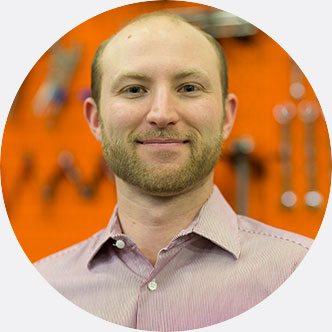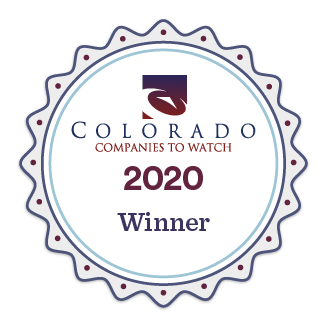When your design is ready for prototype or production manufacturing, selecting the right manufacturer or chain of manufacturers is critical to being successful. This blog post will hit on a few of the techniques we use when looking at a new machine shop and placing a job there. We’ll also hit a few of the big questions you should ask when your time comes.
There are lots of machine shops here in the Greater Foothills region and most of them are very good. However, just because a shop has been good for others, it doesn’t mean that it is the right fit for your project. Whenever possible try to tour not just the front office, but also the shop floor yourself.
It's OK to ask what typical size jobs the shop works on and what they consider their ‘sweet spot’. It doesn’t have to be a perfect match to your job to be a good fit but if you're trying to quote for 10,000 pieces and the shops last fifty jobs have all been <100 pieces, they might not be the right fit for you. It is also true for the inverse.
During the tour, is there evidence of ample fixtures and clamps? Custom fixtures are important to increase throughput for even small quantity jobs. A lack of clamps or vacuum tables could be an indicator that you may be overpaying for your fixtures or that it may take a little longer to get the fixture designed and made then needed.
Ask where material deliveries come from and how frequently. It’s not uncommon for materials, particularly aluminum, to come from greater Chicago area. Not sure why but that is, but even after shipping costs it's often the cheapest. The tradeoff is that it may take several more days (or even a week) more time to get the material in. Most of the time shops try to keep their machines busy so as long as the material for you job arrives before your slot in the cue comes up, it all works well. However, if you are trying to rush parts through, and the shop has machines with extra available capacity, it might be worth it to suggest getting the material locally, even at a slightly increased cost in order to reduce the delivery schedule by a week. One last note on material, many shops provide a certificate of material type along with your parts (particularly true for ISO shops) but not all shops do this automatically. If this is important for you, be sure to ask for it along with your packing slip. It's generally good to ask for this in the written PO at the start of the job so the sheet doesn’t get thrown out when it arrives from the material supplier.
Ask what raw stock has been chosen for a given part. Sometimes, parts that I envisioned being made with 3” OD tube with ½” wall thickness are actually quoted with 3” solid rod. You may be surprised in a situation like this that using a solid rod and recycling the shavings may turn out to be cheaper for low volumes but if you expect your volume to ramp, the increased machine time to remove the core, may become a problem. Its rare but if you are working on a part that’s material properties depend on the initial stock (rod vs. plate for example), be sure to specify it and make sure its clear and in writing to the machine shops before they quote a job.
Its also important to always call out that all parts should be burr-free, cleaned out, particularly for tapped holes. If we are doing full GD&T prints, we typically put this on the final page of the drawings along with packaging information (no more than XX in a box, individually wrapped, etc.). Often times we’ll also put the same instructions in the notes of the purchase order. Any special surface finish concerns should also get called out in the PO to make sure that they aren’t overlooked.
We always try to quote with three shops at a time. Generally we toss out our least favorite and work with the top two until it is time to place the order. This is important because you know you have a fall back shop incase things don’t work out or something happens beyond the primary shop’s control that could impact your delivery substantially.
As a general rule, we evaluate quotes and shops based on the following:
- Cost
- Delivery Schedule
- Quality
- Level of documentation required
- Ease of quoting
- Typical volume
- Certifications
We build out a benefit/cost matrix based on the above plus generally one or two job specific features. The weighting for each of these categories varies by the project and is driven by the project specifications, application, and ultimately, our clients needs.
Interested in learning more about Boulder Engineering Studio? Let's chat!
.svg)







